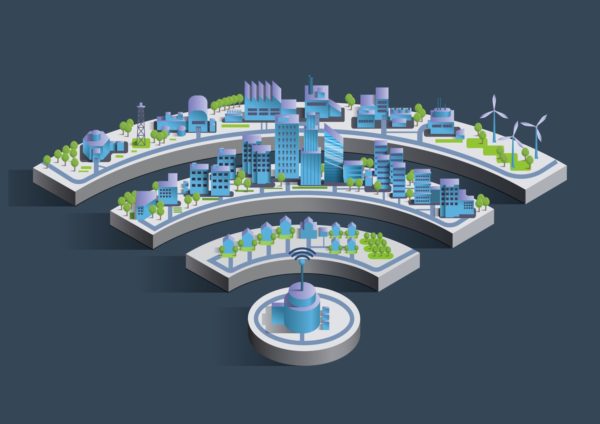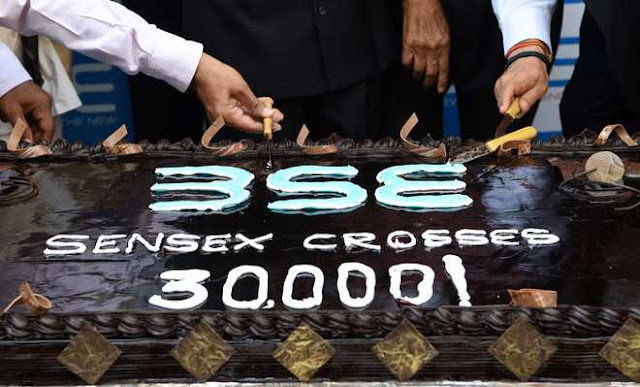The best way to travel in India is the Indian Railways. The glory of India, the railways is one of the largest rail networks in the world. It is well connected with major cities and district heads and comparatively cheap when compared to Roadways. Sleeper class ticket on Vivek Express, India’s longest running train from Kanyakumari to Dibrugarh (4244 km and 80-hour journey) costs little more than Rs 1000. Indian Railways has prospered growth wherever it reached. It is extremely well connected but it is very slow when compared to High-Speed Rail Systems. India’s second fastest train, the New Delhi – Bhopal Shatabdi express covers a distance of 708km in 8 hours and 25 minutes averaging at 83 kmph. In comparison, the Beijing – Guangzhou covers the distance of 2,298 km in just 8 hours averaging at 287 kmph.
India has the demography and the money to implement high speed railway to its length and breadth. High-speed corridors currently under consideration are Mumbai – Ahmedabad, Bengaluru – Chennai, Delhi – Chandigarh, Mumbai – Nagpur, Trivandrum - Kannur and Vijayawada – Amaravati. Mumbai – Ahmedabad is one of the oldest planned routes for HSR and the first to be implemented.
As planned by National High-Speed Rail Corporation of India, the Mumbai – Ahmedabad HSR route will be 508 km long and would have 12 stations namely – Bandra Kurla Complex, Thane, Virar, Boisar, Vapi, Billimora, Surat, Bharuch, Vadodara, Anand, Ahmedabad and Sabarmati. The Shinkansen E5 series train is likely to connect two International Financial Services Centres in just 2 hours. G block in BKC is proposed to be Mumbai’s IFSC centre and aims to bring trillion-dollar investment with its 6,05,000 sq metre investment arena. Gujarat International Financial Tech City (GIFT City) is amongst India’s finest emerging smart cities (359 hectares) and IFSC centre. It plans to create 1 million jobs in finance, fintech and arbitration by 2022 and has recorded transactions worth $4 billion since operations. GIFT City was recently ranked 10th in Global Financial Centre Index, ahead on Luxembourg, Seoul, Abu Dhabi and Beijing. BKC – Sabarmati bullet train routes will also connect major tier 2 cities namely Surat and Vadodara and is likely to spur the growth of emerging smart cities on the route.
The proposed cost of Mumbai – Ahmedabad high-speed rail is estimated at Rs 1,10,000 crore. Japan International Cooperation Agency has come forward to provide the loan of 88,000 crore at just 0.1%, much less than London Inter-Bank Operating Rate of 4%. International loans to India are generally provided at the rate of 5% (LIBOR 4% + 1% interest). India has agreed to pay back the loan amount in Yen after 50 years from today and with the moratorium period of 15 years. The per km cost is expected to be (110000 cr divided by 508 km) 216 crores. The state government of Maharashtra and Gujarat will share 25% cost respectively.
There has been a national debate in Indian Media on the cost and need of the project in the wake of Mumbai Stampede incident which killed 23. Bullet Train is an inter-city model and it cannot be compared with 150-year old Mumbai Suburban Railway. Similarly, investments in Shatabdi and Rajdhani Express cannot be compared with Mumbai local. The only valid comparison with Mumbai local would be intra-city Mass Rapid Transport Systems like metro, monorail, Maglev or Metrino Pod technology.
Per Kilometre Cost of Proposed projects along with
Bullet Train
Mumbai Metro 3 (24,000 crore divided by 33 km) = Rs 727 crore
Mumbai Metro 2 (17,000 crore divided by 42 km) = Rs 404 crore
Mumbai Trans Harbour Sea Link (18,000 crore divided by 22 km) = Rs 818 crore
Bandra Versova Sea Link (7500 crore divided by 17 km) = Rs 441 crore
CSTM – Panvel Fast Corridor (12,000 crore divided by 48 km) = Rs 250 crore
BKC Sabarmati Bullet Train = Rs 216 crore
Mumbai Monorail (4,000 crore by 20 km) = Rs 200 crore.
Political opportunists are unaware about financial models of bullet trains and are spreading misinformation about the project to gain political points in upcoming elections. Japan is willing to lend us a huge amount at low rates keeping in the account of demography and financial strength of India’s growing middle class. The project is not intended towards the rich and speculations regarding the fare being high as Rs 5,000 is totally untrue. With Mumbai – Vadodara expressway (Rs 44,000 crore project) in tendering, people who are on a low budget could also travel to Ahmedabad in ST corp. bus under 6 hours.
theindiancapitalist.com is of an opinion that the fare of economy class of BKC – Sabarmati bullet train will be below Rs 1000 for a single journey.
Projected income* of BKC – Sabarmati Bullet Train route
Total passengers per train - 1,200.
Trains per hours – 8 trains from both direction. Each train departs with the gap on 15 minutes on average.
Total operating time – 5 am to 12pm (19 hours)
Projected passenger ridership per day – 1,82,400. (1200 x 8 x 19 hours)
Average fare per person = Rs 800.
Projected daily income = Rs 14.5 crore
Projected yearly income from passenger fare = 5325 crore.
Non-fare revenue model – Vehicle parking, electric charging of e-vehicles, feeder transport, passenger amenities, food in trains, shopping malls in stations, duty-free liquor store in Maharashtra state, advertising revenue, station renaming (SBI Thane station), in-train entertainment system, passenger lounges.
Projected yearly non-fare revenue – Rs 3,000 crore
Total projected revenue = Rs 8325 crore.
Projected commercial profitability = Rs 1,10,000 crore divided by 8325 crore = 13 years & 2 months.
*- Subject to approximation.
India, being the IT hub of the world shouldn’t shy away in adapting new transportation technologies. The Mumbai – Ahmedabad bullet train project is set to provide reliable and comfortable service with high standards of safety. When the first Rajdhani Express was introduced in 1969, it collapsed the journey from New Delhi to Dibrugarh to just 17 hours from 24 hours. The ticket price of brand new Red Rajdhani was just Rs 90 for AC Chair Car. It was immediately branded by politicians and media as elitist.
One must be careful not to confuse leapfrogging technology development with elitism whether it is mobile phones, satellite launches, regional air-connectivity or high-speed rail.
- Chaitanya Kulkarni





